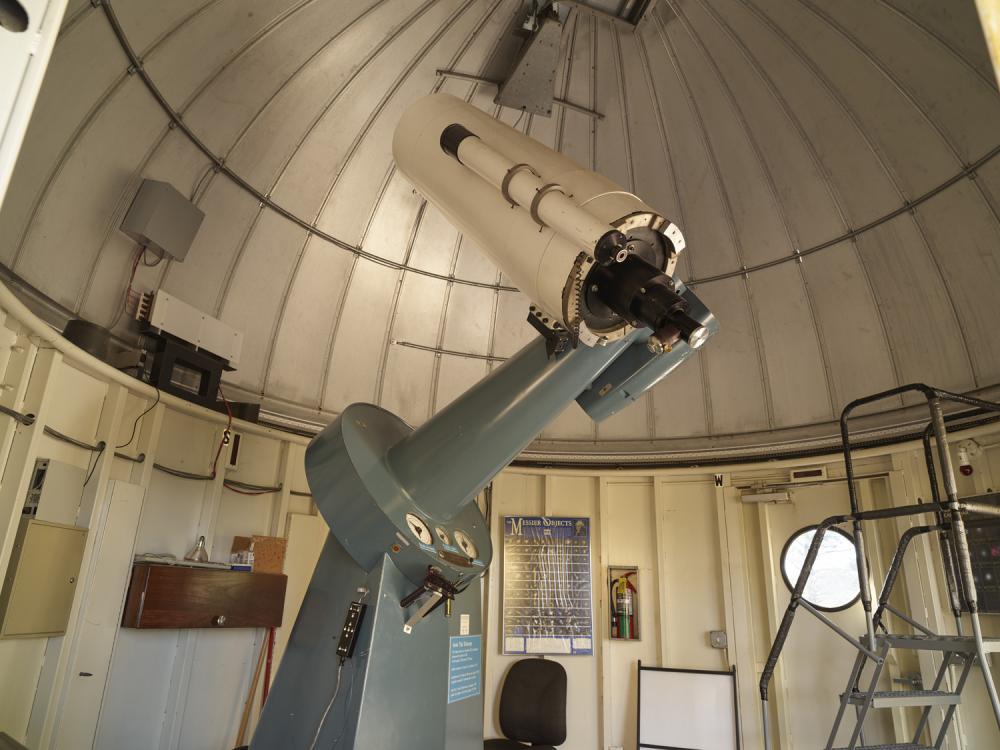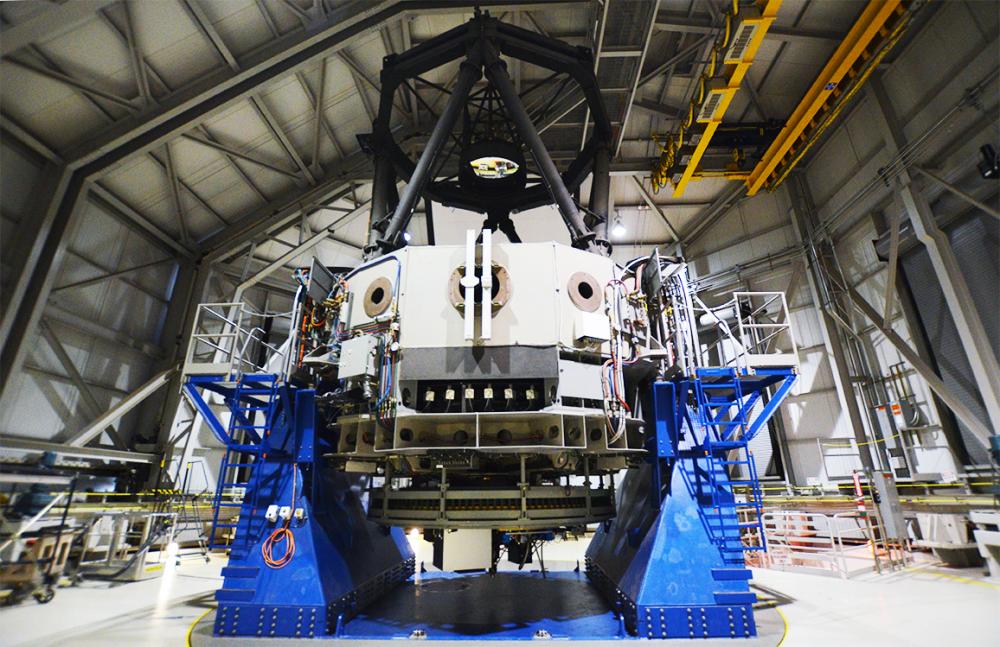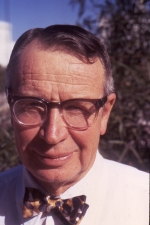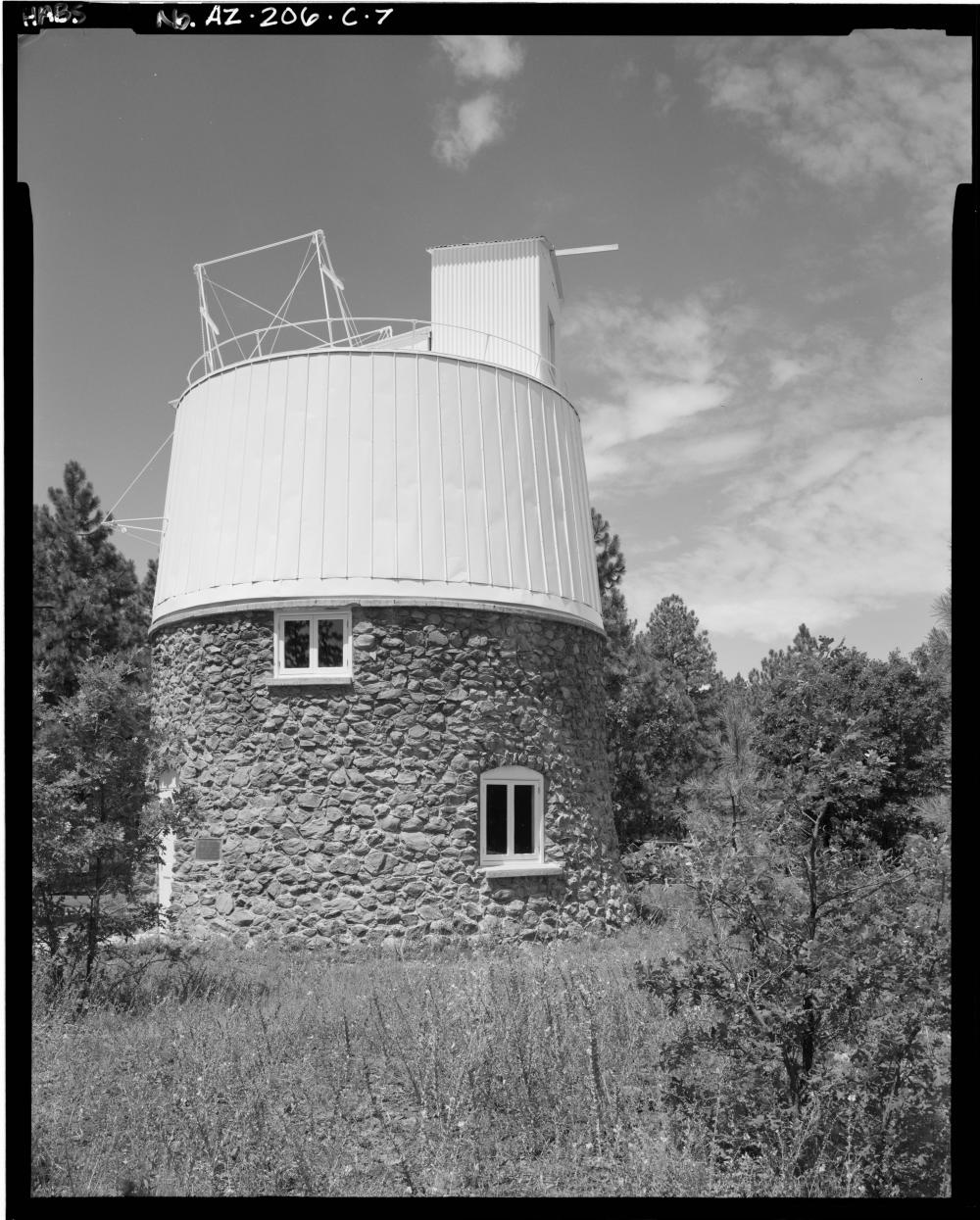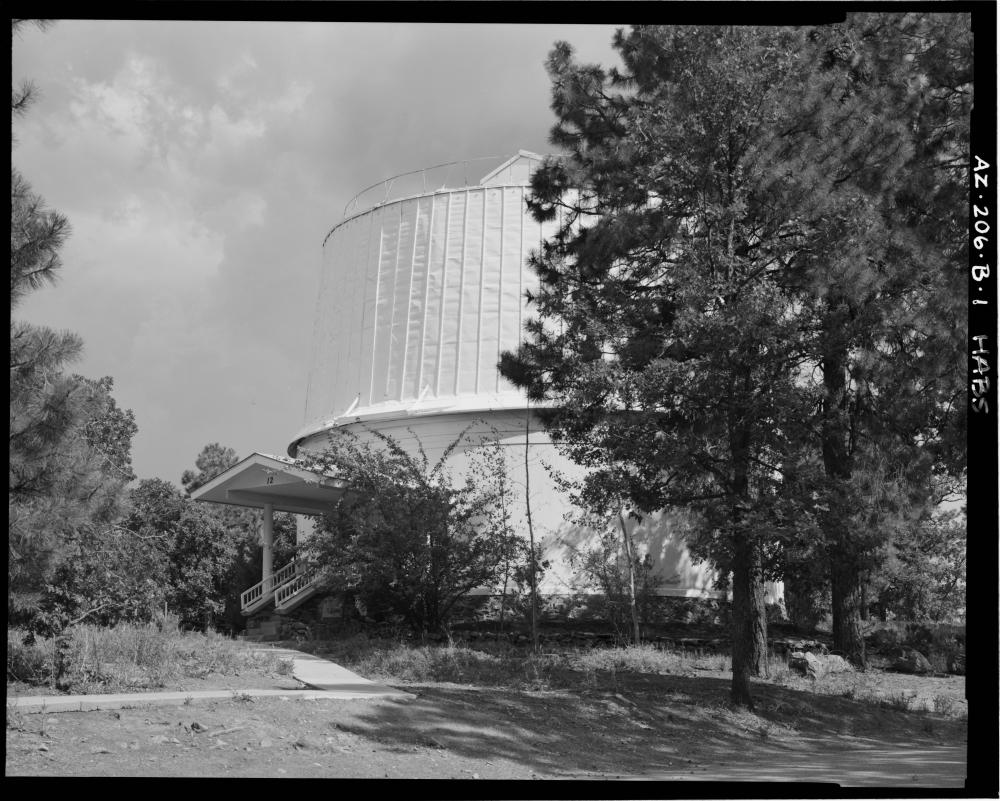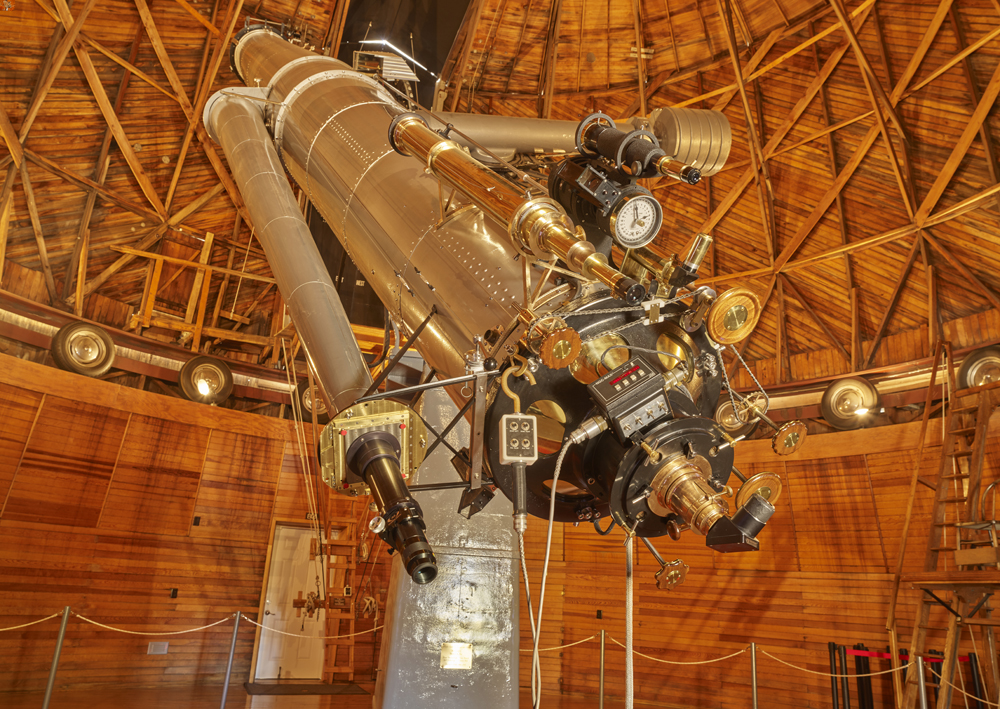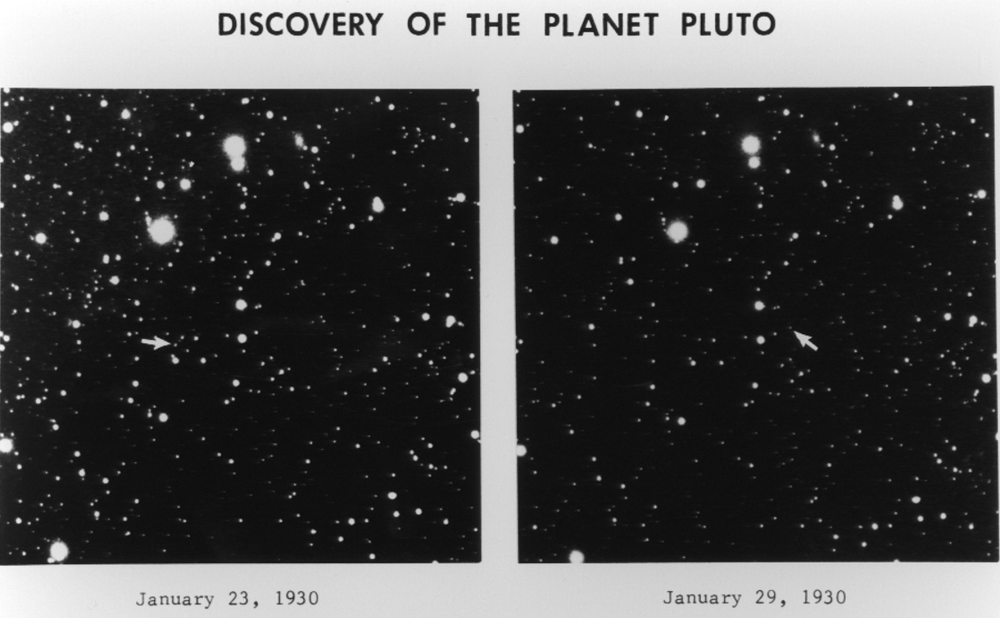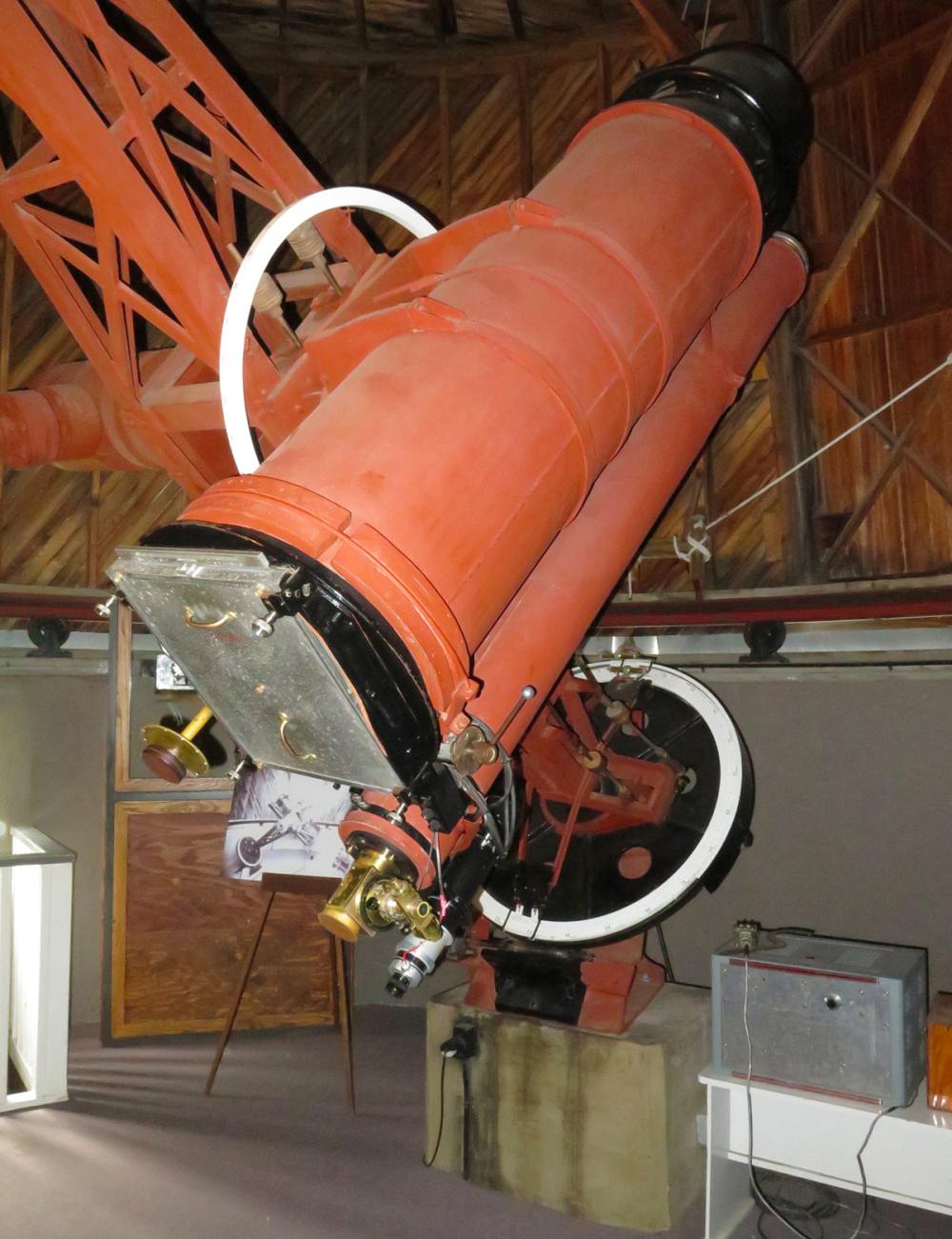
Category of Astronomical Heritage: tangible immovable
Lowell Observatory, Flagstaff, Arizona, USA

Description
Geographical position
Lowell Observatory, 1400 West Mars Hill Rd, Flagstaff, Arizona AZ 86001, USA
Location
Latitude 35°12'10'' N, Longitude 111°39'52'' W, Elevation 2,210 m (7,250 ft) above mean sea level.
IAU observatory code
690
Description of (scientific/cultural/natural) heritage
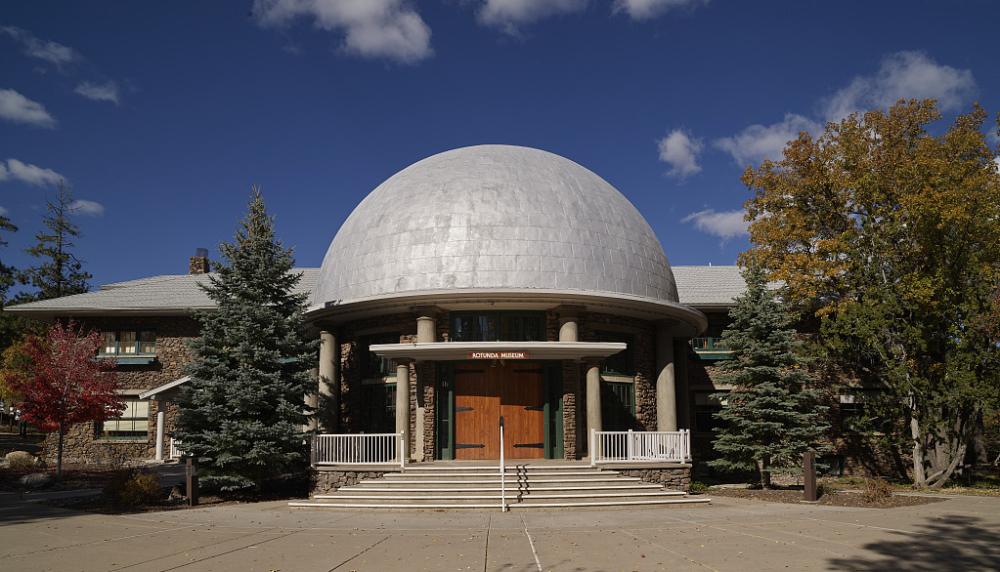
Fig. 1. Slipher Rotunda (Lowell Archives)
Lowell Observatory was founded by Percival Lowell (1855--1916), born in Boston, in 1894, based on his wealth. After his graduation from Harvard College in 1876, he traveled in the Far East, especially to Korea and Japan, in the 1880s.
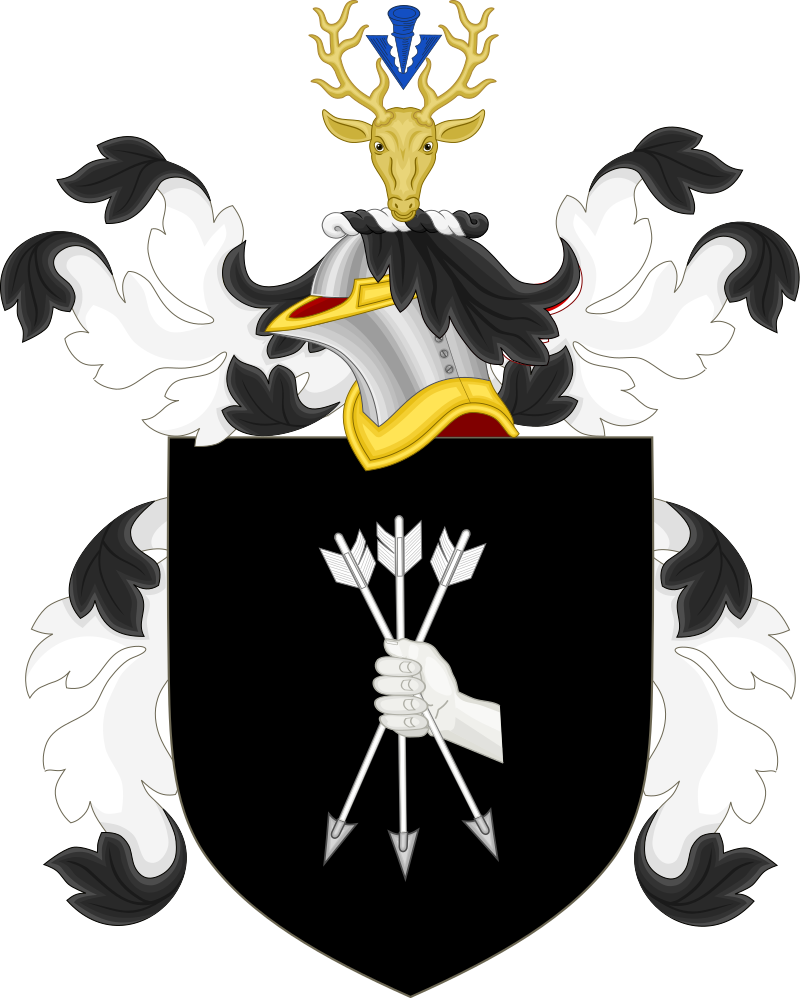
Fig. 2a. Coat of Arms of Percival Lowell (CC4, Glasshouse)
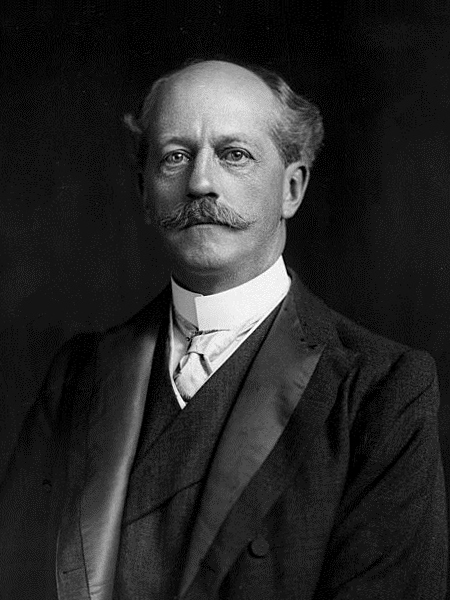
Fig. 2b. Percival Lowell (1855--1916) (CC)
Percival Lowell was influenced and trained in 1894 by William Henry Pickering (1858--1938), who was active in observing in Arequipa, Peru, in 1893. W.H. Pickering brought Lowell also in contact to John Brashear of Pittsburgh, concerning instruments for a Arizona site expedition:
"I am happy to be able to inform you that Mr. Percival Lowell, a wealthy Boston gentleman, has decided to go out to Arizona with me to observe Mars at this opposition. Mr. Lowell belongs to the prominent Boston family from which the city of Lowell was named. He is much interested in large telescopes and particularly interested in Mars. I have asked him to write you and in future all financial arrangements will be made through him."
(Picketing to Brashear, 24 January 1894, W.H. Pickering Papers, Harvard University Archive, HUA.)
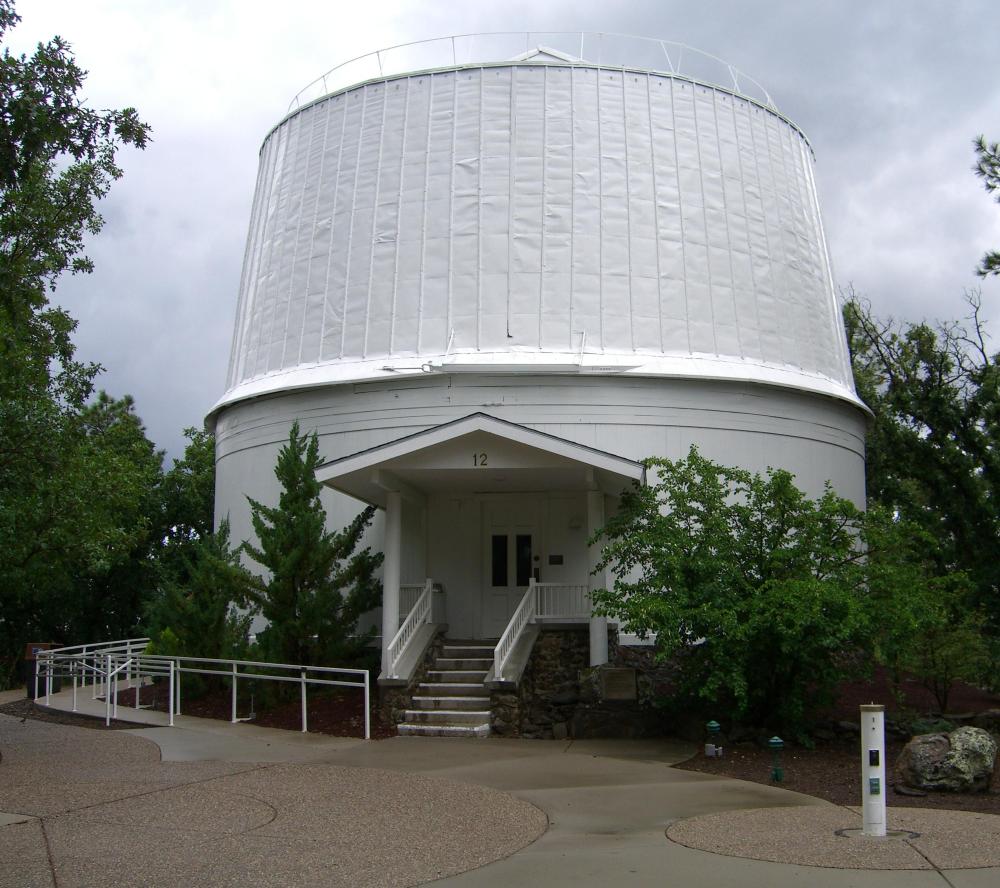
Fig. 3a. Clark dome of Lowell Observatory (CC3, Pretzelpaws)
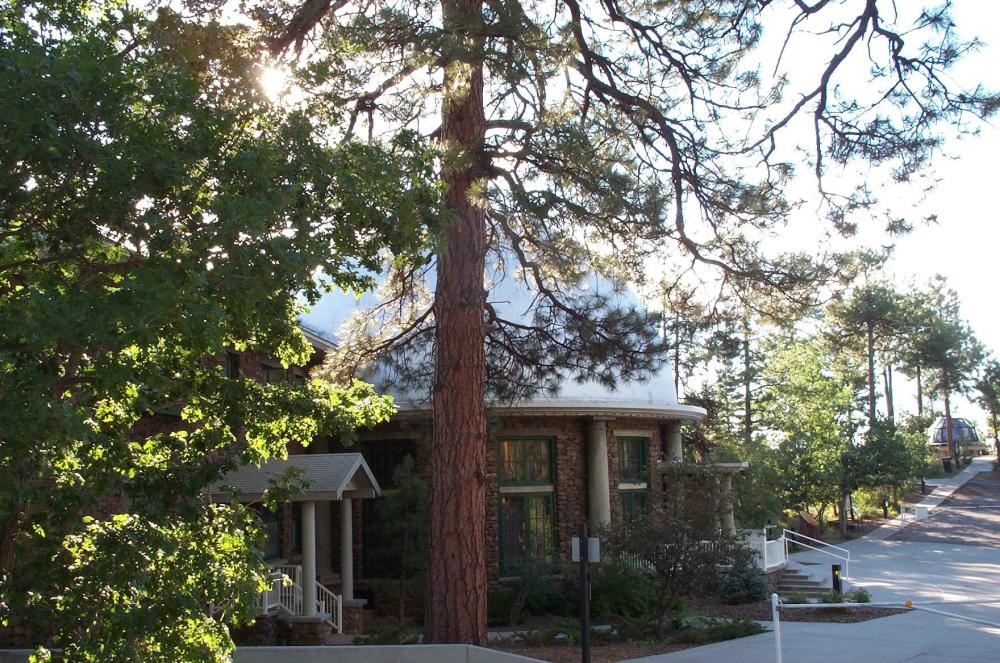
Fig. 3b. Slipher Rotunda of Lowell Observatory (CC)
The buildings of the Lowell Observatory of Percival Lowell's time include:
- Lowell 24-inch Refractor (1896) and its housing (a circular conical wooden structure of Ponderosa pine - 40 feet in diameter and 25 feet tall), designed and built by Godfrey Sykes,
- a residence, Lowell's "Baronial Mansion", which contains Lowell's library (1894), later replaced by a a smaller residence,
- the administration building (1914) with a rotunda (1916) at the south entrance, which Lowell designed like Saturn with its rings,
- a Stone Water Tower,
- the astronomers' Residences (1912) for the staff and family,
- the circular Lowell Mausoleum with Roman Doric columns and a blue glass dome (1916, designed by his widow, Constance Savage Keith),
- a nice iron entrance gate with Saturn motif.
Inspired by Camille Flammarion, Lowell was very interested in observing planetary surfaces like Venus or Saturn's rings. The Planet Mars was his favorite object; he studied the Martian canals, introduced in 1877 by Giovanni Schiaparelli (1835--1910), director of Milan Observatory. Due to the canals, Lowell was even convinced that Mars was inhabited by intelligent beings who built these canals.
These canal-like features were finally disproved in the 1960s by NASA's Mariner missions: Mariner 4, 6 and 7, and the Mariner 9 orbiter (1972).
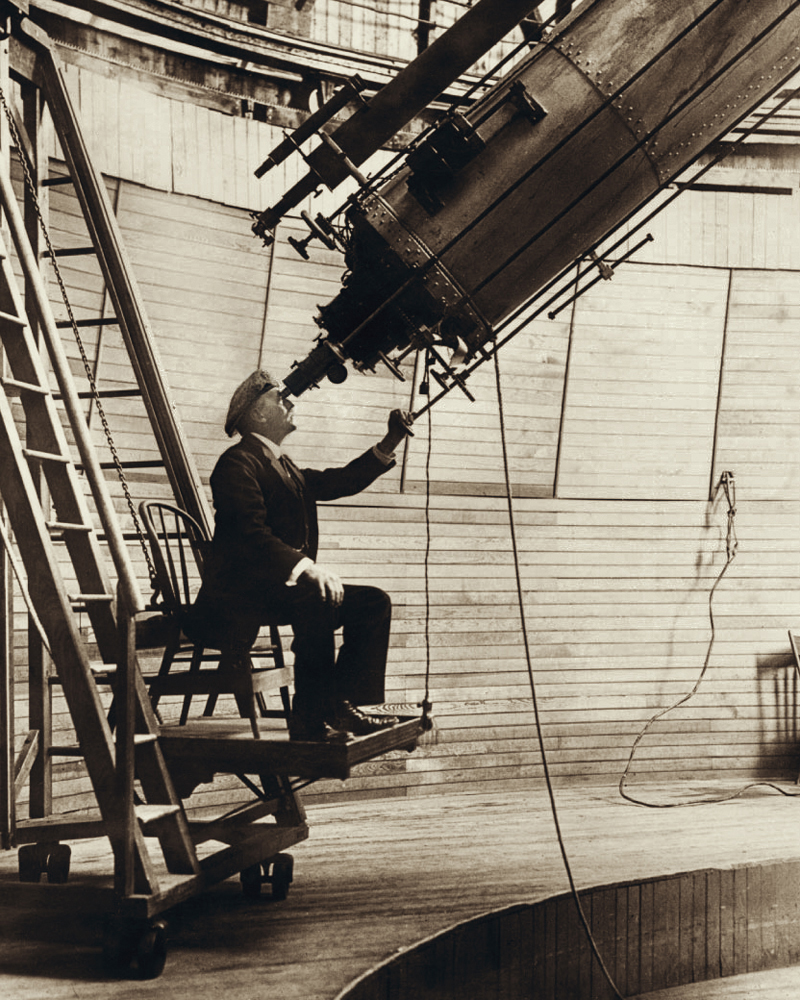
Fig. 4a. Percival Lowell observing Venus in the daytime with his 61-cm-refractor (1914), (CC)
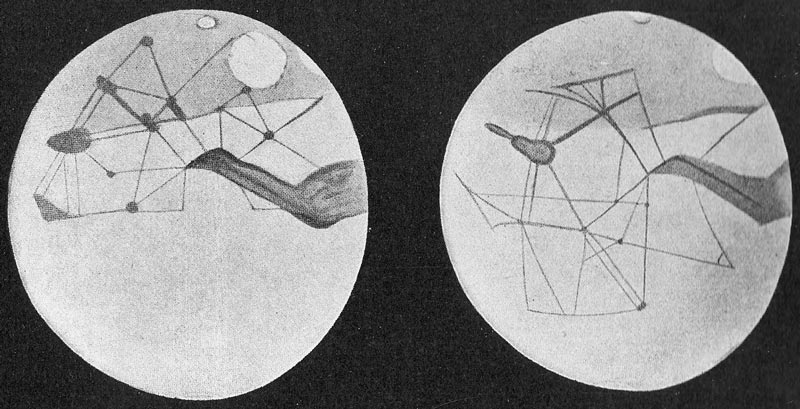
Fig. 4b. Martian Canals depicted by Percival Lowell (CC)
In 1906, Lowell started a systematic search programme for Planet X, a trans-Neptunian planet, which influenced by its gravity the orbit of the known planets Neptune and Uranus. The extensive calculations of Elizabeth Langdon Williams, mathematician and physicist, including a Millionaire calculating machine, led to predictions about the location of the unknown Planet X. But Lowell had no luck, he died in 1916, and the project was stopped.
Later, Clyde Tombaugh (1906--1997) discovered Pluto on 23 and 29 January 1930. But in 2006, the International Astronomical Union (IAU) formally redefined the term planet to exclude dwarf planets such as Pluto.
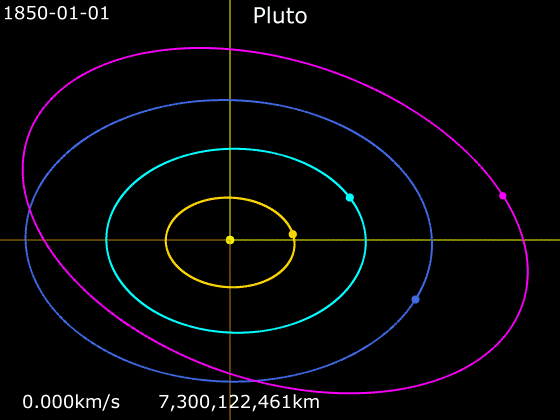
Fig. 5a. Animation of Pluto's orbit from 1850 to 2097 -- Sun, Saturn, Uranus, Neptune, Pluto (CC4, Phoenix777)
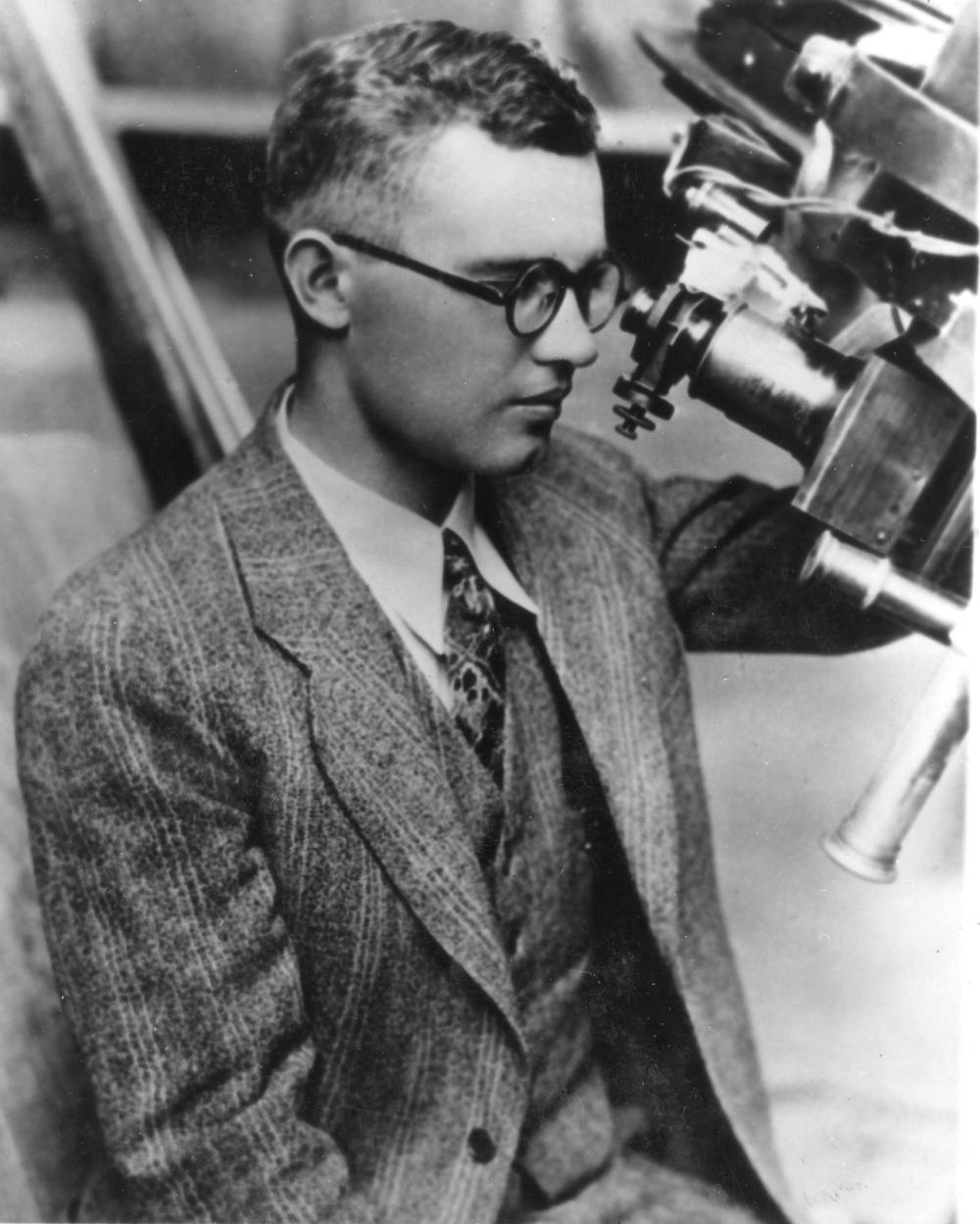
Fig. 5b. Clyde Tombaugh (1906--1997) discovered Pluto in 1930 (Lowell Archives)
Lowell had a significant influence on science fiction, starting with H.G. Wells' influential novel The War of the World (1898).

Fig. 6a. Vesto Melvin Slipher (1875--1969) with his Spectrograph (Lowell Archives)
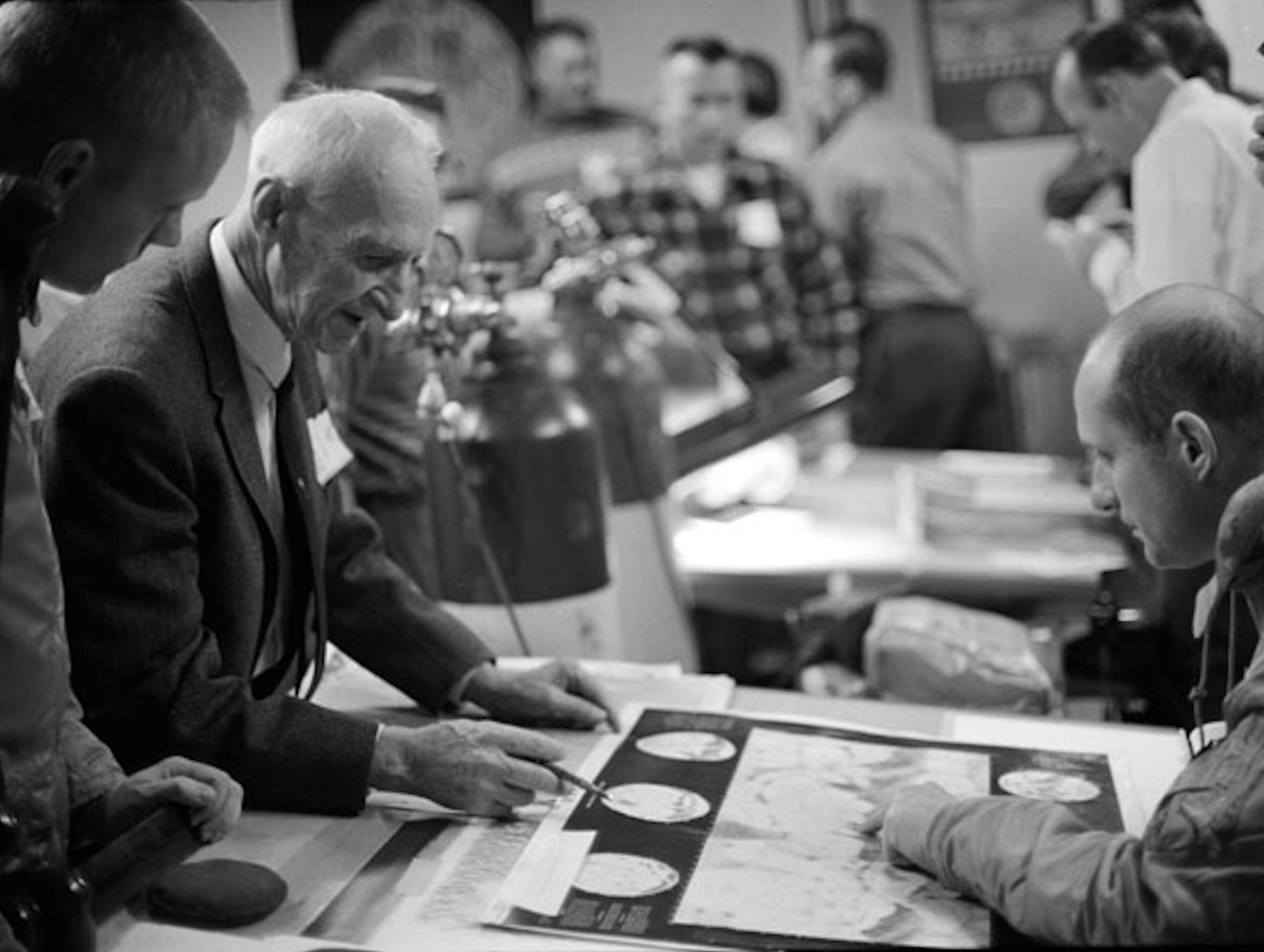
Fig. 6b. Armstrong, Slipher and Stafford: Lunar Mapping (1963), (Lowell Archives)
Highlights of Discoveries
(cf. Historic Highlights - Milestones)
- Vesto Melvin Slipher (1875--1969): spectra of spiral nebulae (galaxies) showing large recessional velocities (1912/14) -- the basis for the discovery of the expanding universe
- 1930 Pluto was discovered by Clyde Tombaugh with the 13-inch Lawrence-Lowell-Telescope and the Zeiss Blink Comparator
- Andrew Ellicott Douglass (1867--1962) formed the basis for the modern science of dendrochronology when he observed, while studying sunspots,
- William Weber Coblentz (1873--1962) of the Bureau of Standards, assisted by Seth Barnes Nicholson (1891--1963), and Carl Otto Lampland (1873--1951) measured radiation from the planets, and IR radiation from 110 stars.
- 1957 Proper motion survey
- 1961 Lunar Mapping -- support for the Apollo programme
- 1977 Co-discovery of the Ring system around Uranus (Elliot et al. 1977)
- Comet Halley -- periodic variation in the activity during the Halley Wach years 1985/1986 (Schleicher et al. 1990)
- The three largest known stars
- 1988 Discovery of Pluto's atmosphere
- Accurate orbits for two of Pluto's moons: Nix and Hydra
- 2015 Pluto Flyby -- New Horizons probe
- Oxygen on Jupiter's moon Ganymede
- Carbon dioxide ice on three Uranian satellites
- The first Trojan of Neptune
- Evidence that the atmosphere of HD 209458 b contains water vapor (Barman 2007)
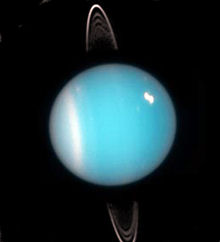
Fig. 7a. Uranus rings (1977), (Lowell Archives)
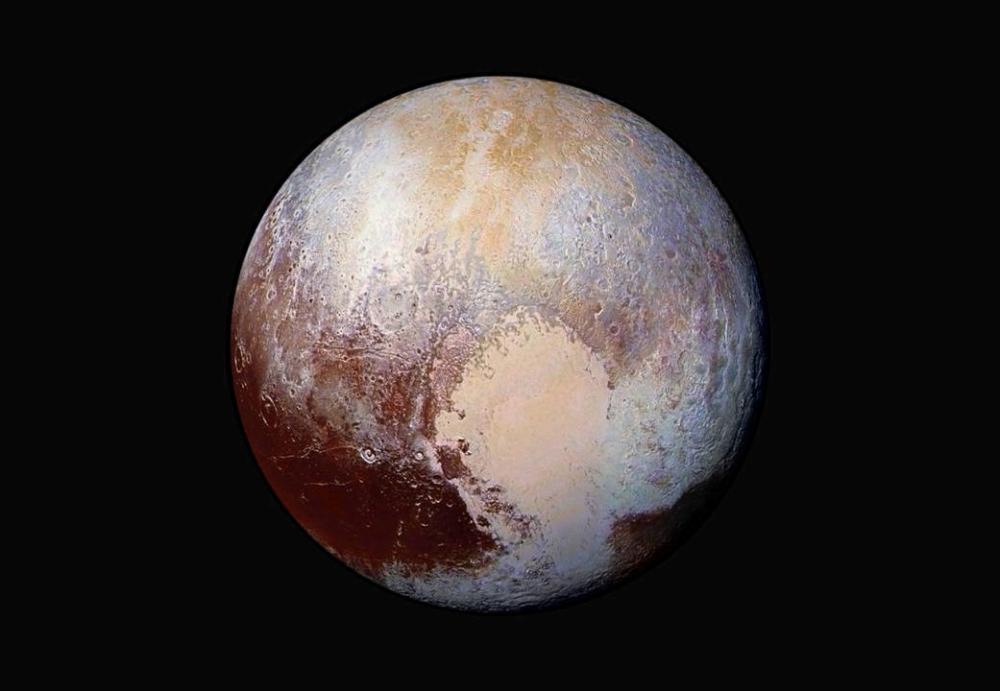
Fig. 7b. Pluto Flyby (2015), (Lowell Archives)
History
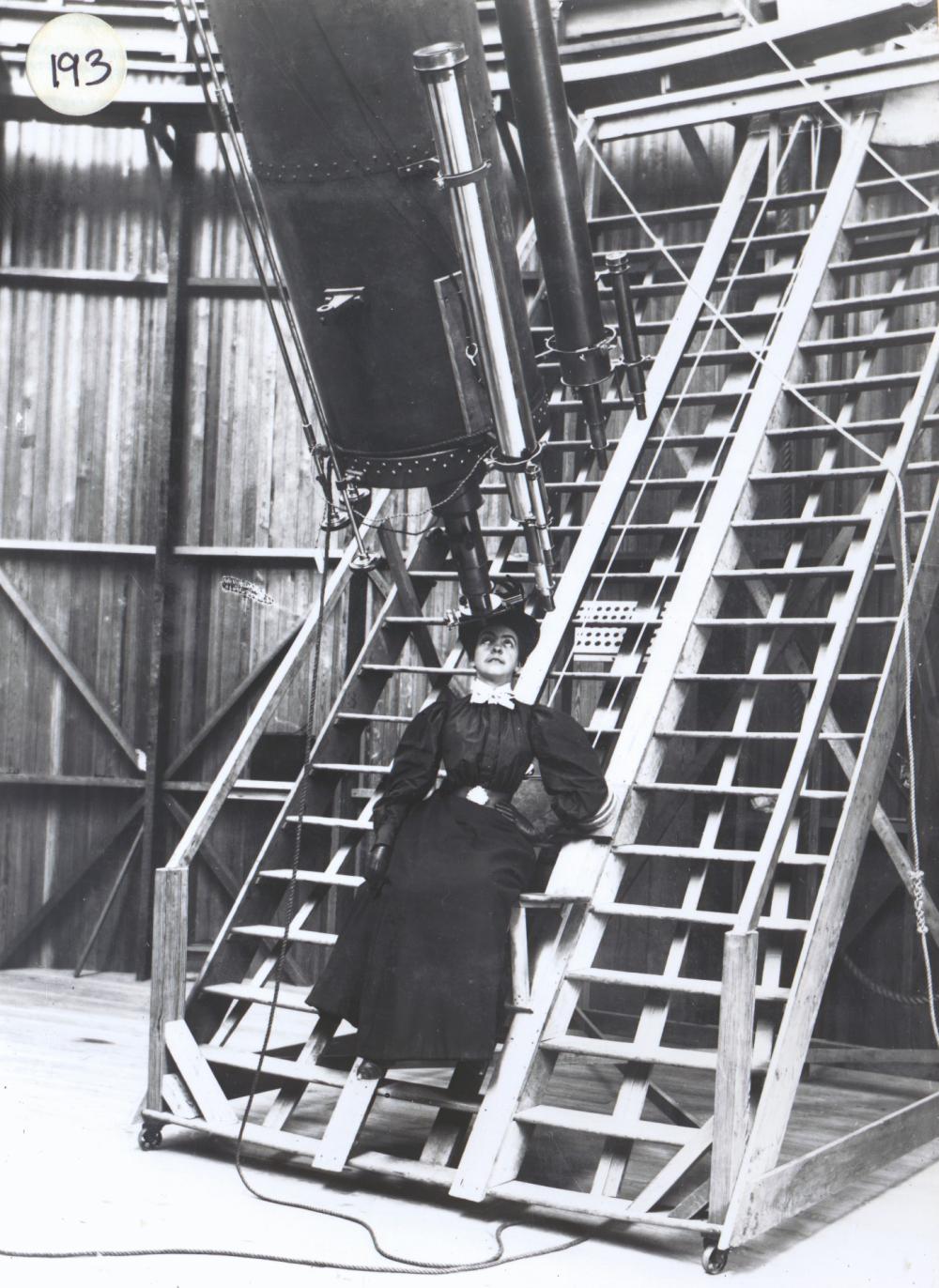
Fig. 8a. Wrexie Louise Leonard on observing platform of the 24-inch-Clark (1897), (Lowell Archives)
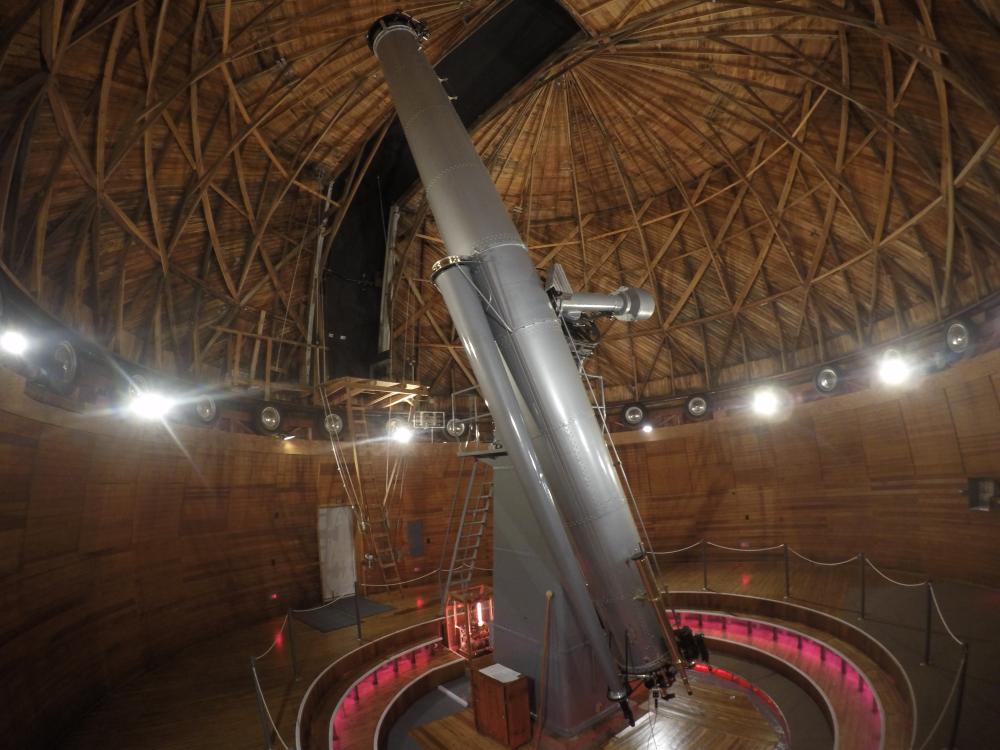
Fig. 8b. 61-cm (24-inch) Refractor, Alvan Clark & Sons (1896), (CC4, Littlefield Emery)
Instruments of Lowell Observatory
and on Anderson Mesa
- 61-cm (24-inch) Refractor, Alvan Clark & Sons, Cambridgeport, Massachusetts (1896)
- Millionaire calculating machine
- 18-inch refractor, Brashear (1894)
- 5-inch telescope, Brashear
- 9-inch telescope, on loan from Swarthmore College's Sproul Observatory
- 33cm (13-inch) Astrograph -- Abbot Lawrence Lowell Telescope (1928-1929), 35cm x 42.5cm glass photographic plates,
built for the discovery of Planet X -- Pluto (ninth planet in the solar system).
Henry Lee Giclas (1910--2007), discoverer of 17 Asteroids between 1943 and 1978, used the telescope for his proper-motion survey (1957).
The 13-inch-Astrograph was moved to the Observatory's Anderson Mesa dark-sky site and returned to Mars Hill in the early 1990s. - Blink comparator, Carl Zeiss of Jena
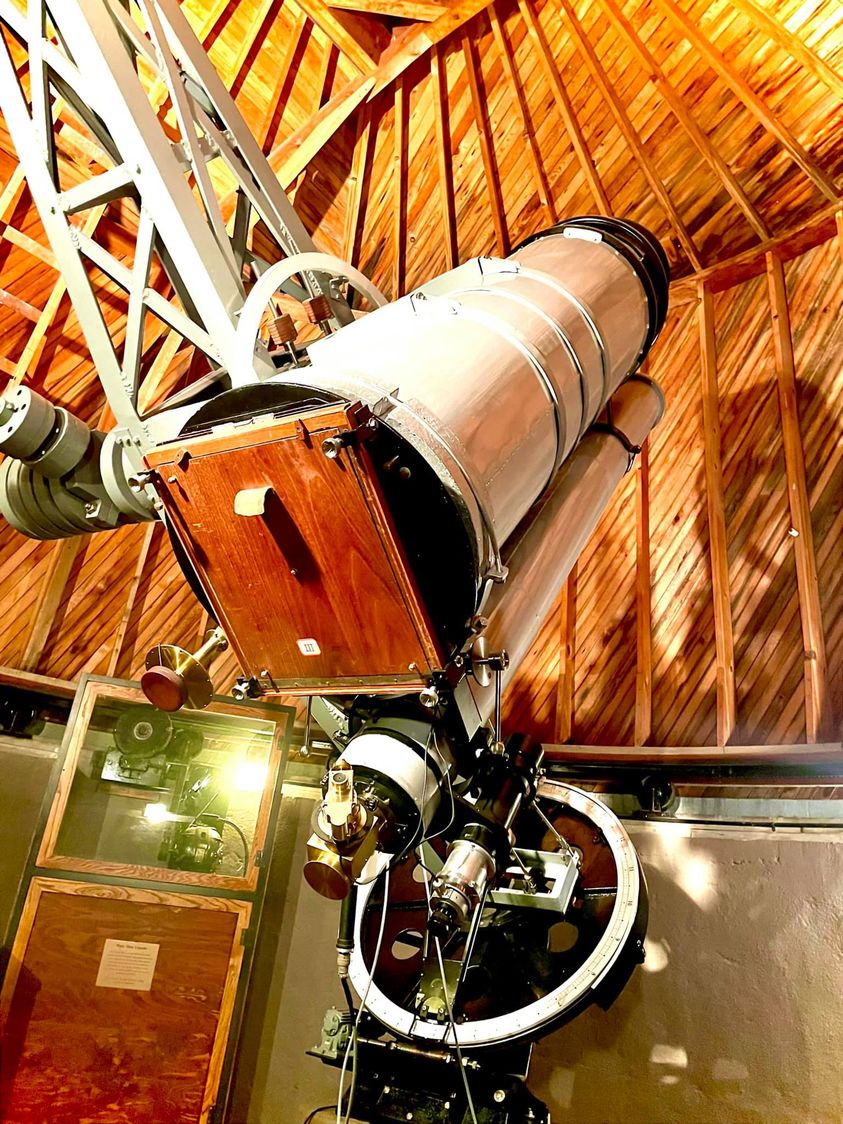
Fig. 9a. 13-inch-Triplet, Pluto discovery telescope (Photo: Dylan Short)
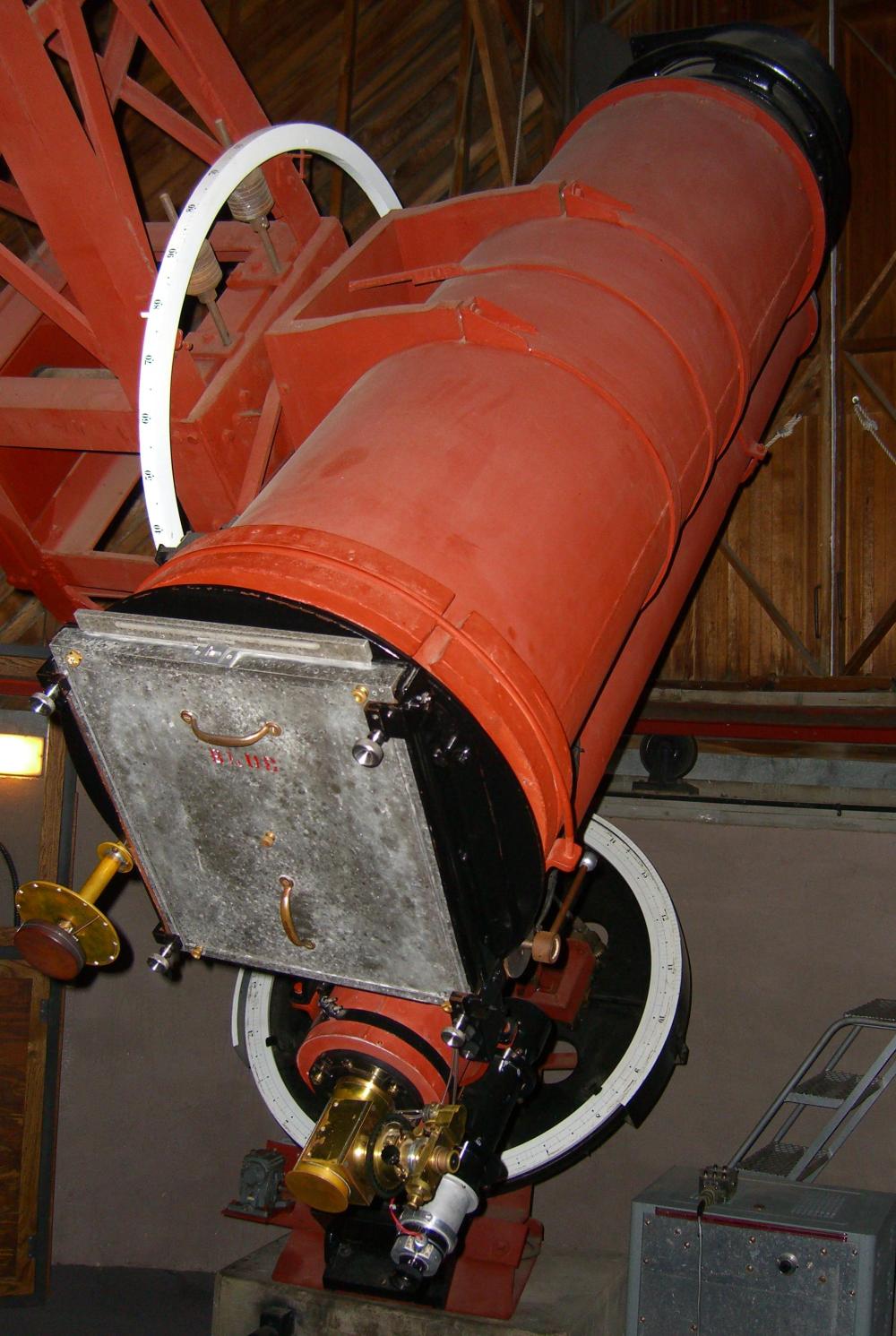
Fig. 9b. 33-cm-Astrograph (1928), (CC3, Pretzelpaws)
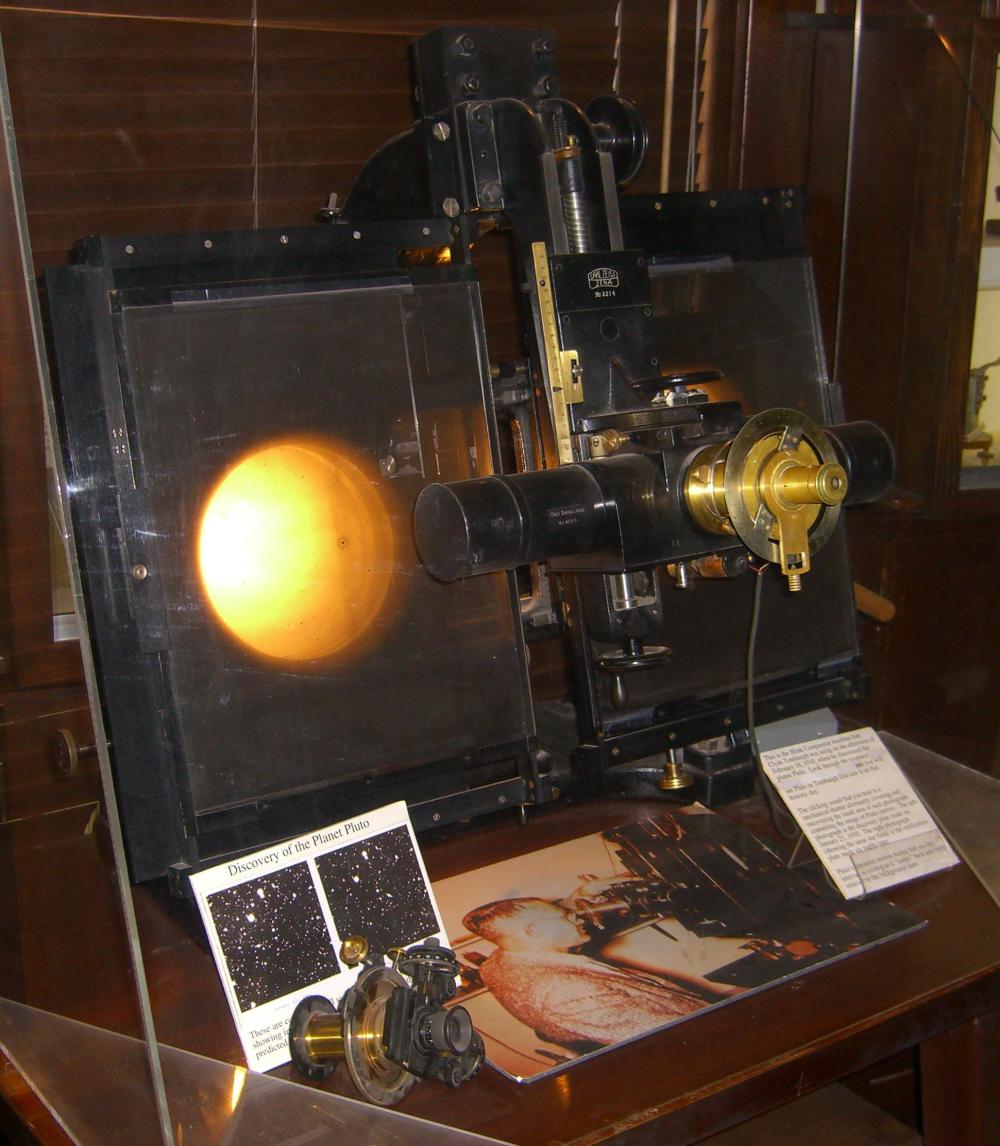
Fig. 9c. Zeiss Blink Comparator (Lowell Archives)
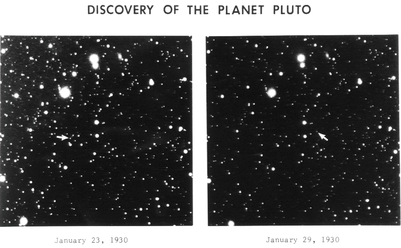
Fig. 9d. Pluto discovery photographic plates (1930), (CC)
- 46cm (18-inch) Astrograph
- 41cm (16-inch) Boller & Chivens Cassegrain telescope - John Vickers McAllister Telescope
- 53cm (21-inch) Reflecting telescope
- 79cm (31-inch) Reflecting telescope (located at Anderson Mesa)
- 64cm (25-inch) catadioptric - LONEOS Schmidt Telescope (located at Anderson Mesa)
- 1.1m (42-inch) Telescope (1970), renamed John S. Hall, Anderson Mesa
- 1.8m (72-inch) Perkins Cassegrain Reflector, relocated from Delaware, Ohio, to Lowell's Observatory, Anderson Mesa, dark sky site
- 4.3-m-Lowell Discovery Telescope DCT (2012)
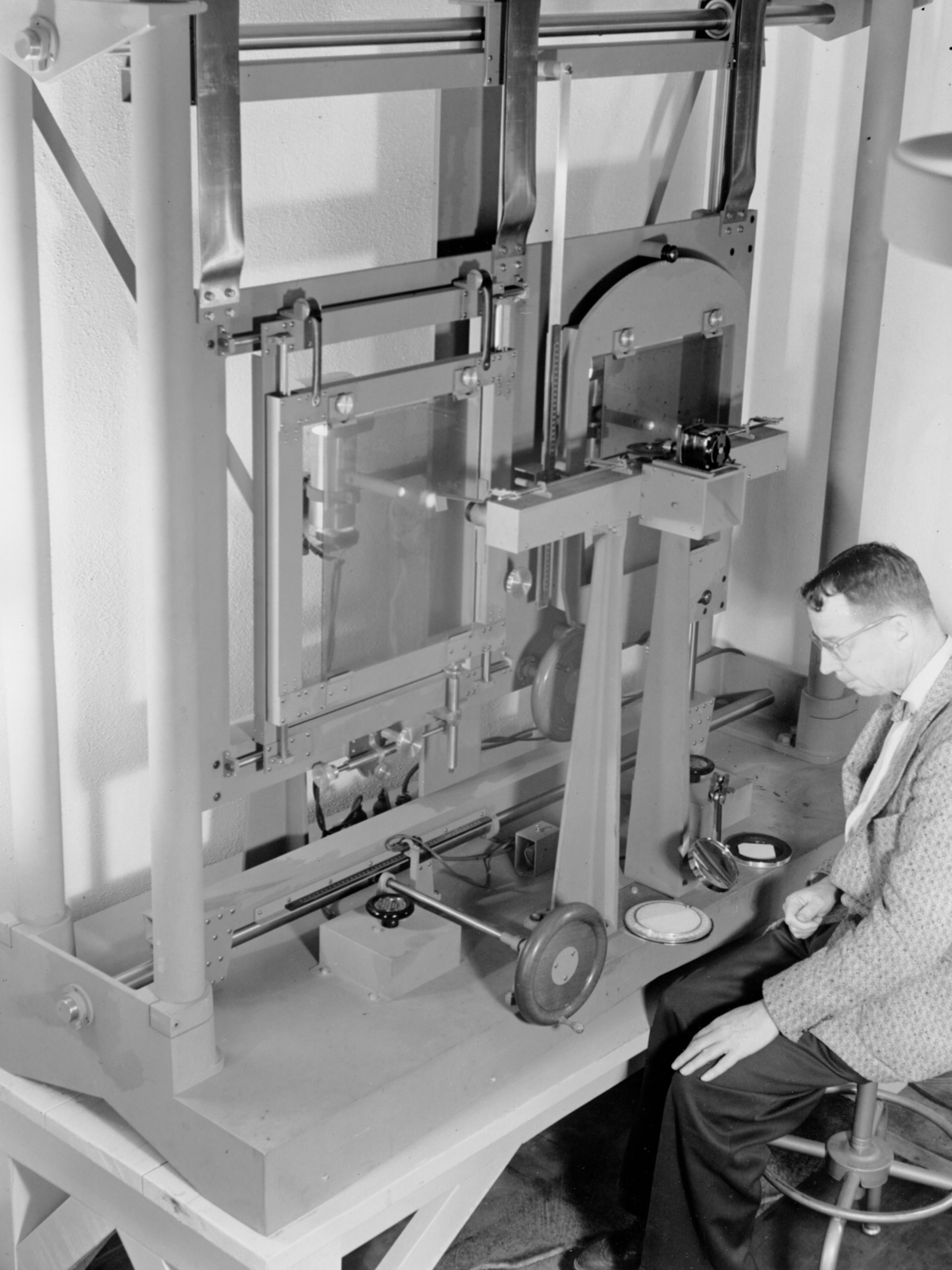
Fig. 10a. Proper Motion Survey, Henry Giclas (1957), (Lowell Archives)
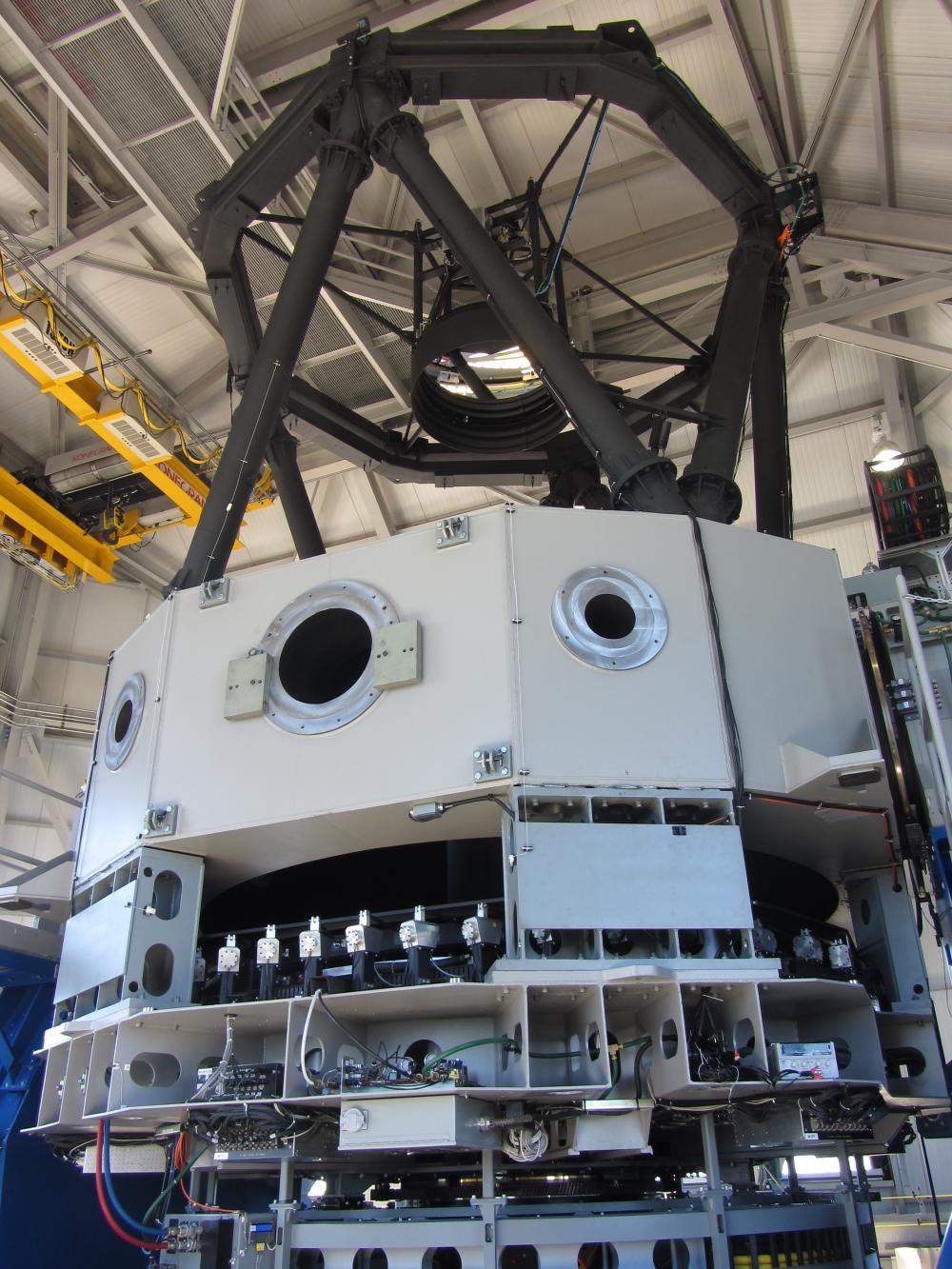
Fig. 10b. 4.3-m-Lowell Discovery Telescope DCT (2012), (Lowell Archives)
Directors
- 1894 to 1916 -- Percival Lowell (1855--1916)
- ...
- 1958 to 1989 -- John Scoville Hall (1908--1991)
- 1977 to 1986 -- Arthur Allen Hoag (1921--1999)
State of preservation
Lowell Observatory is recognized as cultural heritage; It is included in the Inventory - National Register of Historical Places (1965).
Cf. National Survey of Historic Sites and Buildings (Sept. 30, 1964).
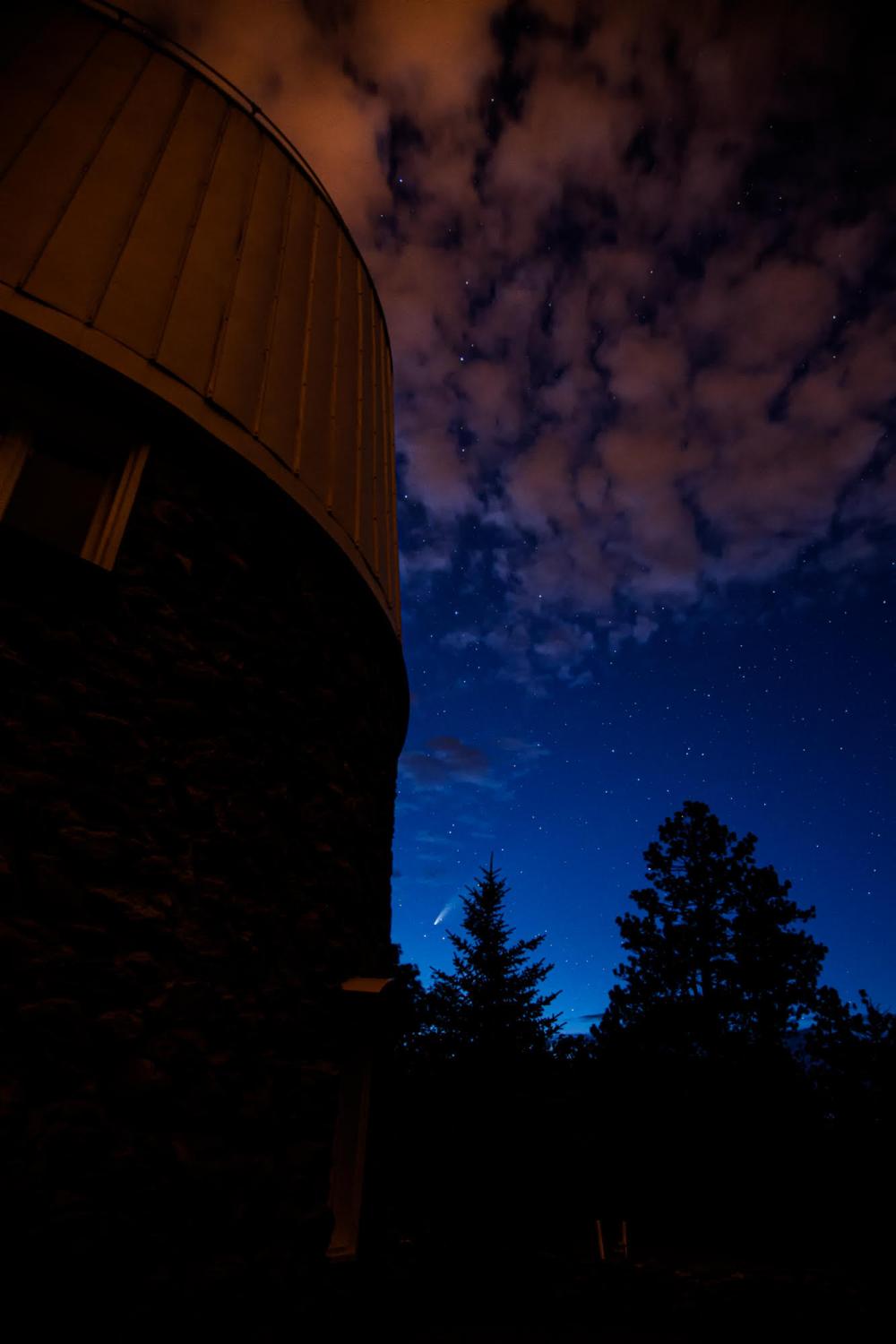
Fig. 11a. Pluto discovery dome (1968), (Lowell Archives)
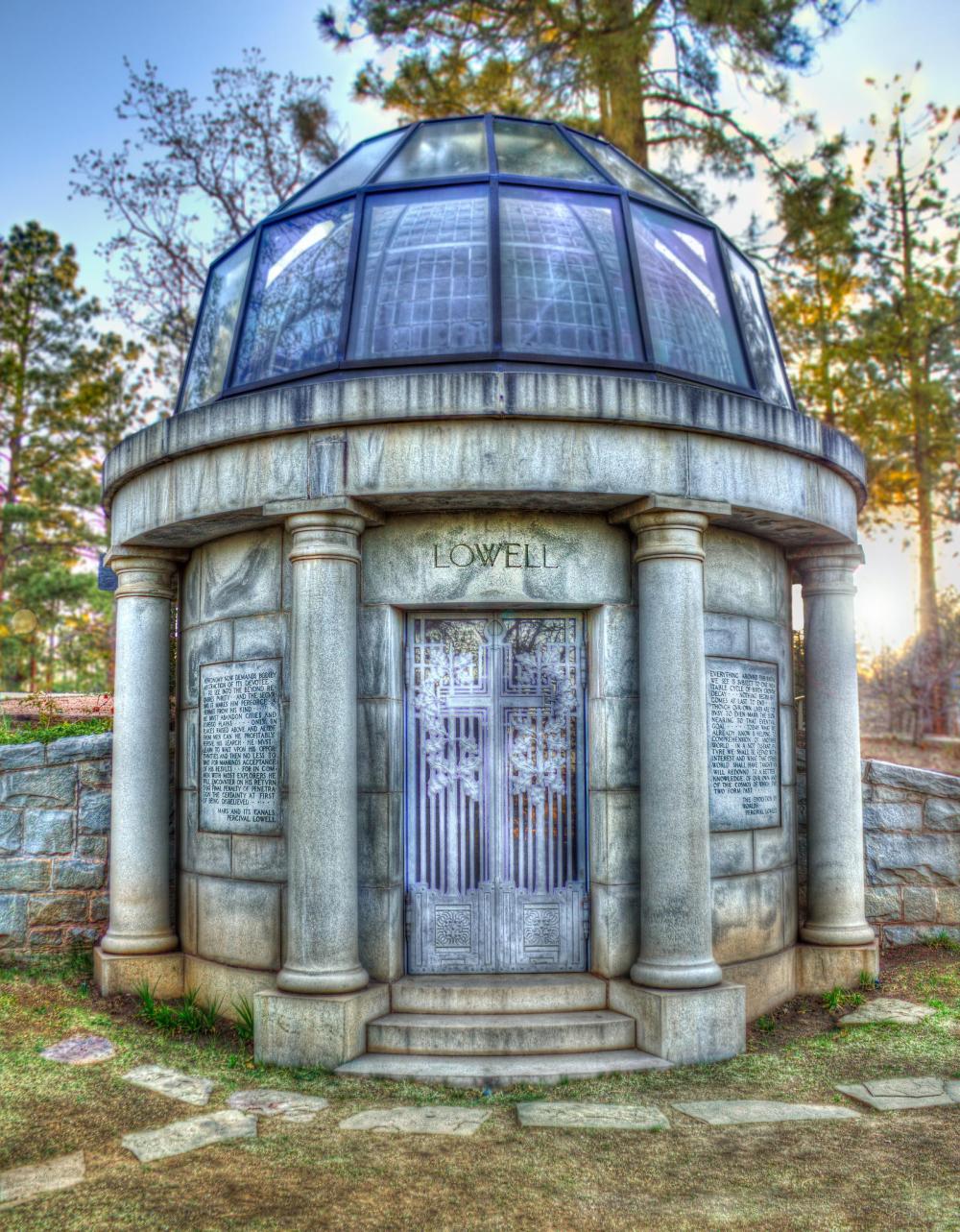
Fig. 11b. Percival Lowell Mausoleum (2013), (CC3, Michael Rainabba Richardson)
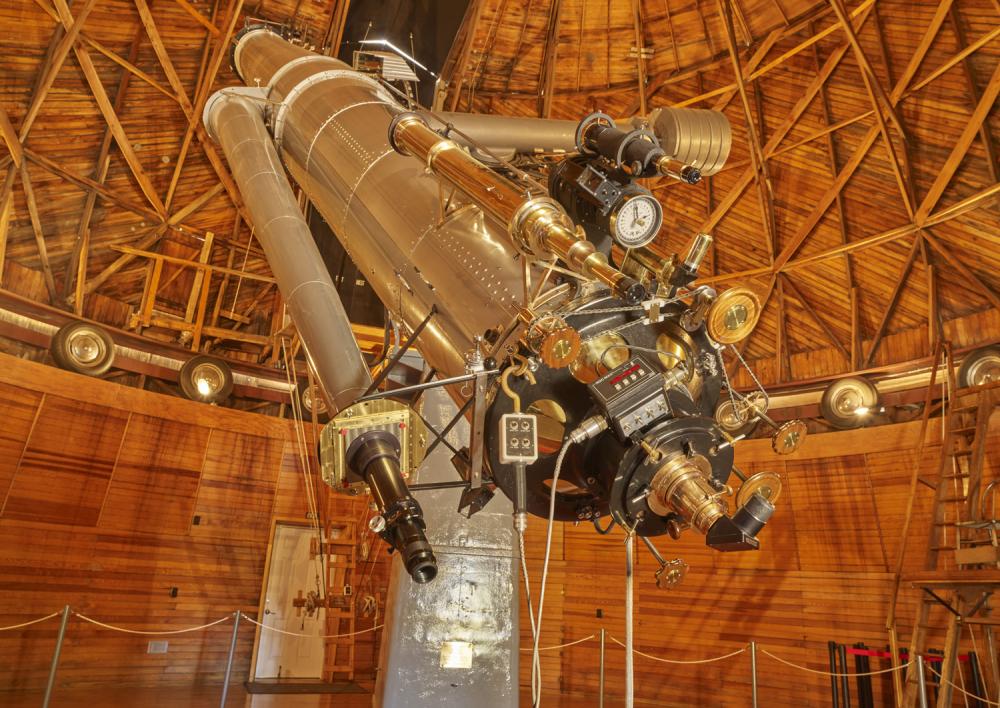
Fig. 11c. Clark telescope (1896), (Lowell Archives)
Comparison with related/similar sites
One can compare the activity of Percival Lowell in founding his observatory with William Parsons, 3. Earl of Rosse (1800--1867) in Birr Castle, Ireland, William Lassell (1799--1880) in West Derby near Liverpool, England and in Malta, the Scot James Nasmyth (1808--1890) in Penshurst, Kent, England, William (1824--1910) and Margaret Huggins (1848--1915) in Tulse Hill near London, Camille Flammarion (1842--1925) in Juvisy-sur-Orge near Paris, France, Friedrich Simon Archenhold (1861--1939) in Berlin-Treptow, and in the USA Henry Draper (1837--1882) in Hastings-on-Hudson, New York, and Lewis Morris Rutherfurd (1816--1892) in New York.
Threats or potential threats
no threats.
In 1958, a Lighting Ordinance campaign started: At the urging of Lowell Observatory scientists, Flagstaff enacted the world's first lighting ordinance to protect dark skies.
Present use
In addition to astrophysical research, an exibit in the Rotunda Museum of Lowell Observatory is offered for the public: the history of the Lowell family is shown as well as the discoveries made at the observatory.
In addition, there is the Putnam Collection Center / Lowell's Lunar Legacy and the Giovale Open Deck Observatory.
Astronomical relevance today
Areas of Research: Solar System, Stellar Astrophysics, Exoplanetary Systems, Galactic & Extragalactic Astronomy, Instrumentation Research & Development,
cf. Current Research Projects
References
Bibliography (books and published articles)
- Agassiz, G.R.: Percival Lowell (1855--1916). In: Proceedings of the American Academy of Arts and Sciences 52 (1917), 13, p. 845-847.
- Barman, Travis: Identification of Absorption Features in an Extrasolar Planet Atmosphere. In: The Astrophysical Journal 661 (2007), L191--L194.
- Bessie Z. Jones & Lyle F. Boyd: The Harvard College Observatory: the First Four Directorships, 1839--1919. Cambridge, Mass.: Harvard University Press 1971.
- Brasch, K.; Vitron, T. & S. Levine: Lowell Observatory and its New Discovery Channel Telescope. In: Journal of the Royal Astronomical Society of Canada 107 (2013), No. 3, p.105.
- Crossley, R.: Percival Lowell and the history of Mars. In: Massachusetts Review 41 (2000), 3, p. 297-318.
- Elliot, J.; Dunham, T. & D. Mink: The rings of Uranus. In: Nature 267 (1977), p. 328-330.
- Hall, John S.: Lowell Observatory. In: Encyclopedia Americana, Vol. 17. New York 1974.
- Heffernan, C.W.: Lowell, Percival and the Debate over Extraterrestrial Life. In: Journal of the History of Ideas 42 (1981), 3, p. 527-30.
- Hetherington, Norriss S.: Lowell, Percival - Professional Scientist or Interloper. In: Journal of the History of Ideas 42 (1981), 1, p. 159-161.
- Hofling Charles K.: Percival Lowell and the Canals of Mars. In: British Journal of Medical Psychology 37 (1964), 1, p. 33-42.
- Hoyt, William Graves: Lowell and Mars. Tucson: University of Arizona Press 1976.
- Hoyt, William Graves & Walter G. Wesley: Lowell and Mars. In: American Journal of Physics 45 (1977), 3, p. 316-317.
- Lankford, John: Amateurs and Astrophysics: A Neglected Aspect in the Development of a Scientific Specialty. In: Social Studies of Science 11 (1981), p. 275-303.
- Lankford, John: Amateurs versus Professionals: The Controversy over Telescope Size in Late Victorian Science. In: Isis 72 (1981), p. 11-28.
- Lowell, A. Lawrence: Biography of Percival Lowell. New York 1935.
- Lowell, Percival: Mars. Boston, New York: Houghton, Mifflin & Co. 1895 (Google Books).
- Lowell, Percival: Mars and Its Canals. New York: Macmillan 1906 (Google Books).
- Lowell, Percival: Mars As the Abode of Life. New York: Macmillan 1908 (Google Books).
- Lowell, Percival: The Evolution of Worlds. New York: Macmillan 1910.
- Lowell, Percival: Memoir on a Trans-Neptunian Planet. In: Memoirs of the Lowell Observatory. John Wiley & Sons, January 1915.
- Meyer, William B.: Life on Mars is almost Certain + Lowell, Percival on Exobiology. In: American Heritage 35 (1984), 2, p. 38-43.
- McKim, R.: Astronomy on Mars Hill. In: Journal of the British Astronomical Society 105 (1995), p. 69-74.
- Rothenberg, Marc: Organization and Control: Professionals and Amateurs in American Astronomy, 1899--1918. In: Social Studies of Science 11 (1981), p. 305-325.
- Schleicher, David G.; Millis, Robert L.; Thompson, Don T.; Birch, Peter V.; Martin, Ralph et al.: Periodic variations in the activity of Comet P/Halley during the 1985/1986 apparition. In: Astronomical Journal 100 (1990), p. 896-912.
- Schmadel, Lutz D.: "(1886) Lowell". In: Dictionary of Minor Planet Names. Berlin, Heidelberg: Springer 2007, p. 151.
- Sharps, Matthew: Percival Lowell and the Canals of Mars. In: Skeptical Inquirer 42 (2018), 3, p. 41-46.
- Standage, Tom: The Neptune File: A Story of Astronomical Rivalry and the Pioneers of Planet Hunting. London: Walker Books 2000.
- Strauss, David: Lowell, Percival, Pickering, W.H. and the founding of the Lowell Observatory. In: Annals of Science 51 (1994), 1, p. 37-58.
- Strauss, David: Percival Lowell: The Culture and Science of a Boston Brahmin. Cambridge, Mass.: Harvard University Press 2001.
- Sykes, Godfrey: A Westerly Trend. Tucson 1944.
- Tenn, Joseph S.: Henry L. Giclas (1910--2007). In: Bulletin of the American Astronomical Society (BAAS) 44 (2012), Issue 1.
- Tombaugh, C. W.: The Search for the Ninth Planet, Pluto. In: Astronomical Society of the Pacific Leaflets 5 (1946), 209, p. 73-80.
- Webb, George Ernest: The Planet Mars and Science in Victorian America. In: Journal of American Culture 3 (1980), 4, p. 573.
- Zahnle, Kevin: Decline and fall of the martian empire. In: Nature 412 (2001), p. 209-213.
Links to external sites
- Lowell Observatory
- Lowell Observatory (Wikipedia)
- Martian canals, Giovanni Schiaparelli (1877)
- U.S. National Register of Historic Places
- U.S. National Historic Landmark
- The World's 100 Most Important Places, Time Magazine (2011)
Links to external on-line pictures
no information available







